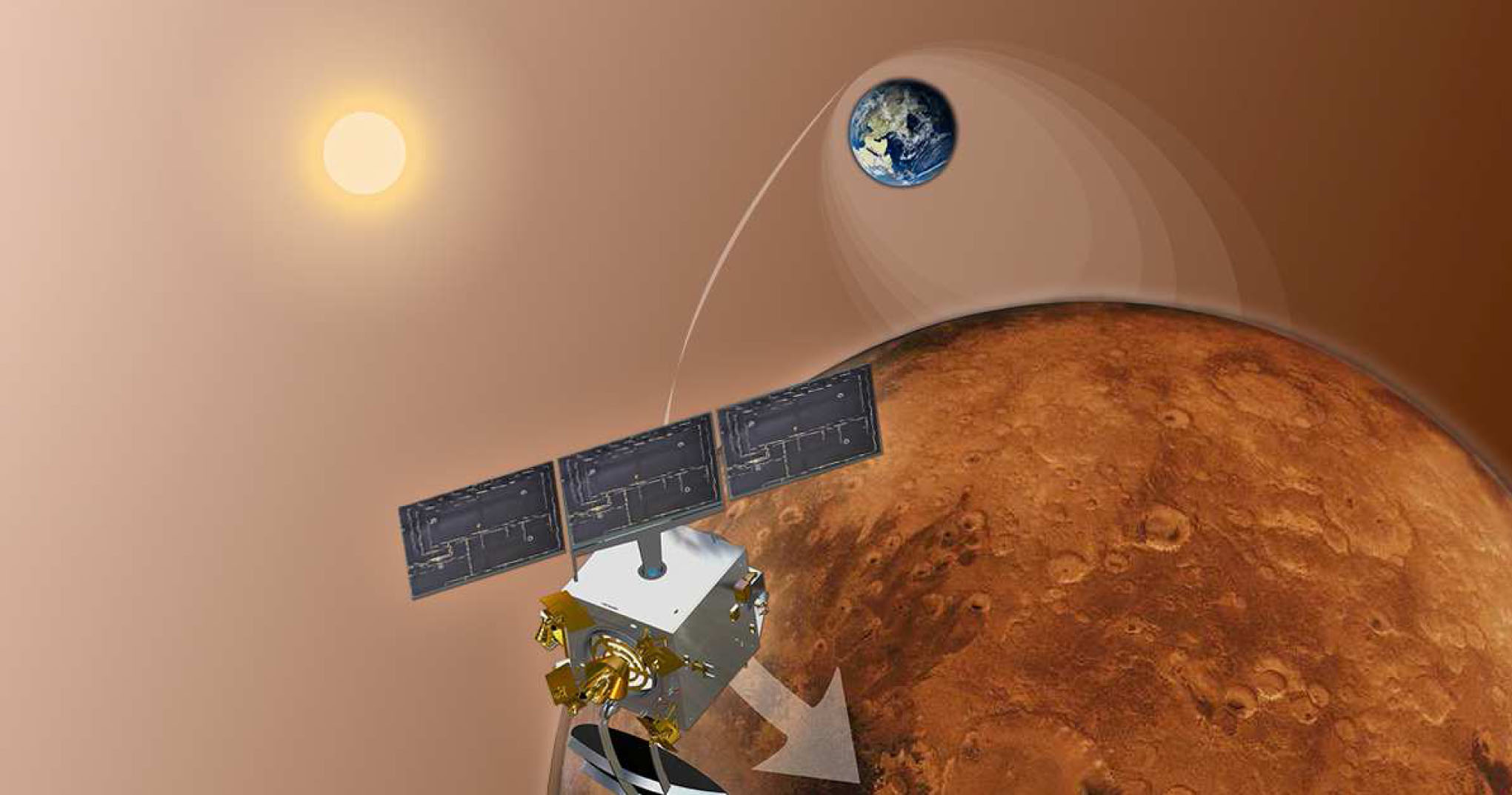

Haas said he is currently working on the next generation of nuclear fuel rods, ones made of molten salt fuel. The amount of waste France has produced over the last few decades could fit in a small room, according to Charlton. Some countries already do this, like France and Japan. Older fuel rods can also be recycled, their materials broken down and made into new rods. Charlton said all the waste generated at the nuclear power plant in Houston over several decades could fill a small parking lot. Nuclear power plants across the country have safely stored for decades. Old rods can be used to power a reactor, but it takes more of them to do it. This doesn’t mean it can’t be used again. Once most of the uranium atoms have been split in a fuel rod, it must be replaced. The ones used in nuclear power plants, however, are around 20 feet long and weigh several tons.
#Nuclear time journey mars movie#
The rods at Austin’s reactor are small, about the size of a rolled up movie poster. There are no emissions, like a car, and the only material needed to operate them are new fuel rods. Nuclear reactors create very little waste. Those neutrons then bounce around inside the reactor, colliding with more uranium atoms, which then release more neutrons, and so on and so forth. ‘Black hole’ wandering near our solar system detected by Hubble Space Telescope That split releases a lot of energy, about 200 million electron volts per reaction, according to Charlton. When the neutrons collide with the uranium, they cause this unstable atom to split. The neutrons, traveling at the speed of light, slowed by the water and emitting blue light. The water around the reactor glows blue as this occurs.

As they bounce, they slow down and collide with the isotope in the fuel rods inside the reactor. These materials could include things like graphite. Inside of the reactor, neutrons bounce off of the water and materials around them. Nuclear reactors occur thanks to the power of fission. Nuclear reactors: a quick breakdown of how they work They are coated with a special material that slows things down once they get to a certain point. On top of that, the fuel rods are designed to slow the fission reaction occurring within and around them. Researchers, students and professors are able to operate the reactor from a control room located near the reactor.


 0 kommentar(er)
0 kommentar(er)
